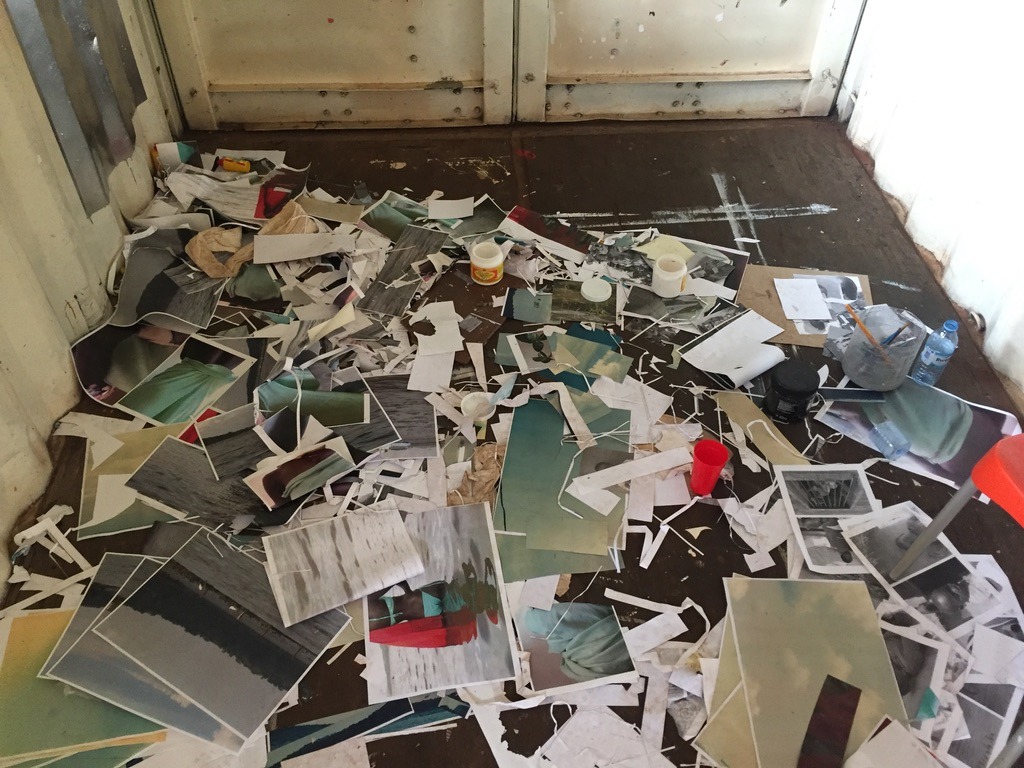What does a socially and environmentally engaged gallery look like?
We can search and search for the right model, or we can make our own and trace the process.
Art galleries across Africa are working to replicate the Euro-American model of white cube marketplaces. Yet many gallerists find themselves in contexts that lack arts infrastructure necessary for non-commercial work or for supporting artistic development. As a result, they become surrogates for museums, government funding, failure, residencies and so on. Other galleries stick to the transactional model of bringing artworks ‘to the world’ and bringing the money back home to the artists.
In starting Borderlands, we wondered how we could build, slowly, leveraging an art gallery format that embraces the marketplace and supports emerging artists who want to have conversations with their work. For us the discourse is just as valuable as the purchase, if not more. We’re looking to build a long-term engagement with social and environmental issues that goes beyond the one-liners that essentialise artists, their work, and these issues.
A border is a fundamentally in-between space where people move and where boundaries are negotiated. That is the ethos of our gallery. We want to not be hemmed in by the border post but to move through difficult conversations about migration, conflict, climate change. We are informed by the philosophy of pan-Africanism, with the intention to contribute to community building. We want to see how radical sharing, repair and different forms of knowledge can transgress the narratives and actions that surround issues of displacement and environmental degradation.
On a micro-level, being socially and environmentally engaged is about how to work with artists in an ethical way and how to make, sell and transport artworks with full respect for our place. These could tangibly be seen in building contracts that respect each artist’s needs or negotiating new frameworks for collectors. It is also in evaluating alternatives to the many petroleum-based modes of packaging and transporting artworks that is so prevalent in our industry. In these efforts we will undoubtedly fail, but it is in that failure that we innovate.
The blog that you are reading now is the first in many think pieces that will track our progress. This digital place is where we put the brushes aside and dive deep into contemporary issues of the arts and beyond. This is a place for us to debate, challenge and be critical of the structures we inhabit.

